10 Essential Omnichannel Retail Trends That Brands Must Capitalize on in 2022
The term omnichannel may not have been part of many businesses’ vocabularies pre-pandemic but given everything that has happened in the last two years or so, retailers, coffee shops, and restaurants alike have a deep understanding of its importance—and its staying power. This is because the various shutdowns of physical establishments accelerated trends that were already a reality in the retail world and showed the necessity of leveraging multiple channels to reach customers.
Many businesses chose to add new channels to their businesses during the pandemic. But simply adding new ways to reach your customers is one thing—keeping them going is another. With all the effort that went into this transformation, it only makes sense that 80 percent of the companies that launched new channels said they plan to keep them.
Companies that adopted omnichannel strategies were not just responding to a singular issue. After all, businesses used numerous channels to reach their customers long before the pandemic began. But this unprecedented time has fast-tracked omnichannel adoption they have become critical in connecting with consumers through shutdowns and social distancing measures.
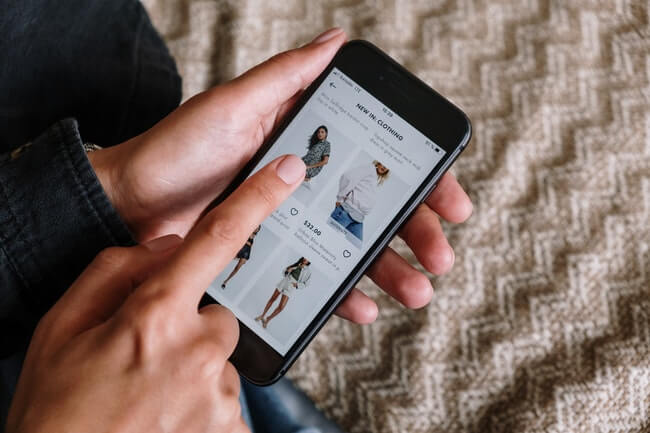
The pandemic has not only changed how companies operate; it has altered customer habits and expectations too. The truth is that the lines between physical and digital is blurring, and businesses need to look into a unified commerce approach if they are to remain relevant.
Omnichannel Retail Statistics
If there’s one thing we believe in, it’s the power of numbers. So, without further ado, let’s take a look at a few omnichannel stats for 2022.
- Marketers that make use of three or more channels in a single campaign have a 287% higher purchase rate
- Omnichannel platforms have a 90% retention rate
- The average consumer uses up to 6 touch points to make a decision, 15 years ago they only used two
- 35% of customers believe that they will be able to reach customer service on almost any channel
- Omnichannel strategies produce around 80% of the instore visits from customers
- 74% of customers research a brand and its products before heading to a store
- 90% of customers expect consistency across all channels
- 45% of customers expect in-store salespeople to have information on online-only products as well
10 Omnichannel Retail Trends For 2022
The accelerated digital transformation in recent years has enabled customers to explore and research goods and services using a combination of physical and digital channels. This mix of different media has given birth to omnichannel retail – the use of multiple connected retail channels to offer consumers an integrated retail experience.
Let's take a look at new technological trends in omnichannel retailing that brand need to be aware of.
1. Omnichannel Approaches Increase Popularity
Businesses that have adopted an omnichannel approach generate more leads and conversions than their single and multichannel counterparts.
Within the customer journey, users often connect with multiple touchpoints before committing to a purchase. Being present across multiple platforms will be the key to remaining relevant.
2. Cookie-free marketing
Google has announced the end of third-party cookies. This means that businesses will need to make use of data generated through their various channels to better understand their customers.
3. Online stores will become "real"
We have seen how established businesses adopt online personas, but in future we can anticipate businesses that were once strictly online to join the real world by opening brick and mortar establishments.
4. Bringing Digital Data to The Real World
While suing online data to finetune online sales is a given, businesses may begin to look into using the same data to enhance their instore experience.
5. The Return of The Showroom
With customers seeking to make more informed decisions, showrooms are becoming a new standard yet again. The ability to see, feel and experience products will become more important than ever, in both the physical and digital spaces.
6. Contactless Delivery
For this, it's about giving the customer delivery options that can include a simple drop off with no physical contact. The beauty is in the ability to choose.
7. Buy Online, Pick Up In-Store (BOPIS)
The convenience of online shopping is still relevant but waiting for delivery can be off-putting. Ordering online for collection reduces the wait time and prevents frustration between both the staff and customers.
8. Buy Online, Return in Store (BORIS)
Much like the buy online pick up instore model, this method seeks to alleviate the frustration of arranging delivery to return items that are not suitable or ill-fitting. It also reduces the delay in issuing a refund on the purchase.
9. Buy Now, Pay Later (BNPL)
For some, it can be difficult to afford certain items, but this business model seeks to address this. the customer is now able to buy the goods and pay it off in installments.
10. Social Commerce
Social media and ecommerce will come together to create the ultimate online shopping experience. With many brands already offering this, it's only a matter of time before it becomes the new normal.
It’s Time to Combine the Power of Physical and Digital Retail
As time continues to pass, the move towards a digital hybrid retail model will only become a more pressing concern. Business that hasn’t already should look into ways of embracing an omnichannel approach to keep up with an ever-changing digital future.
Subscribe To Us




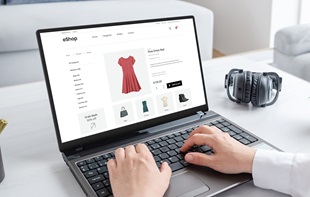




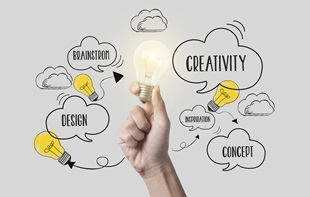



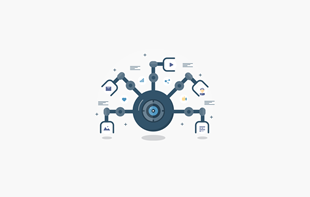
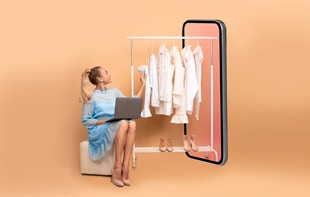
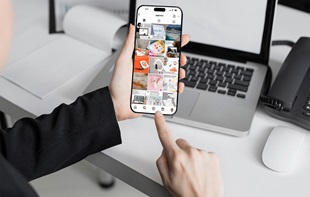

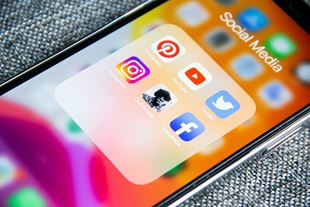



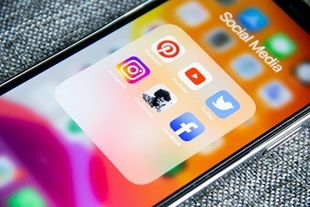





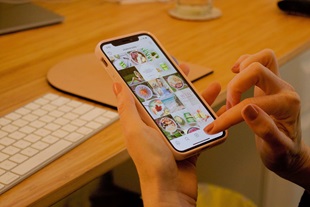

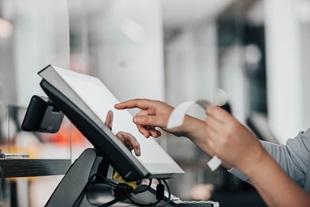

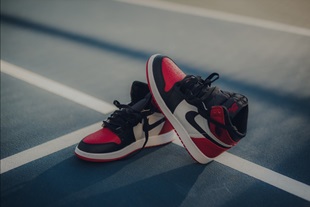





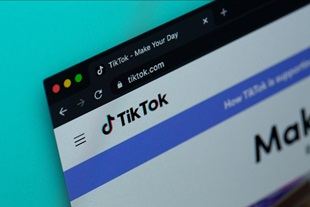


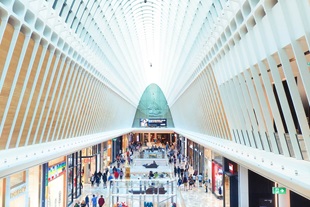

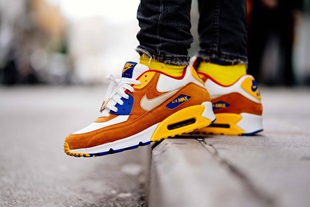
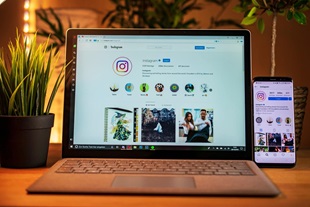


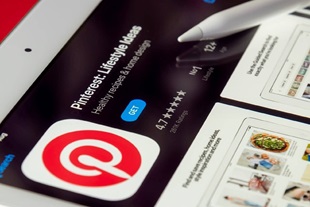
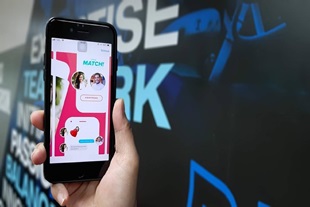









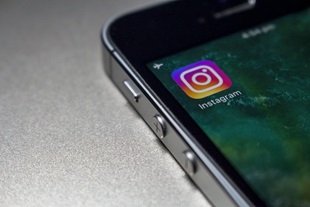

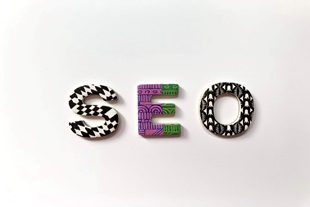

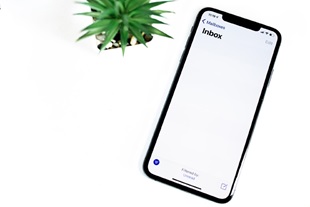

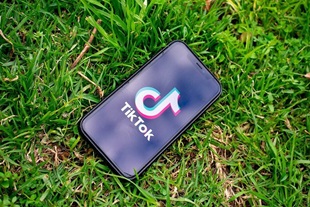





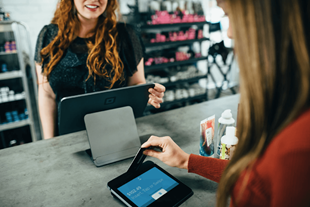







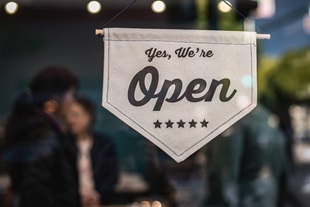

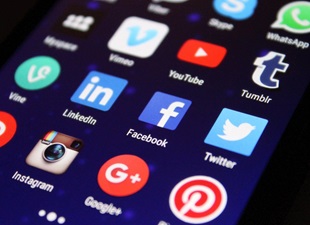

.jpg?mw=310)
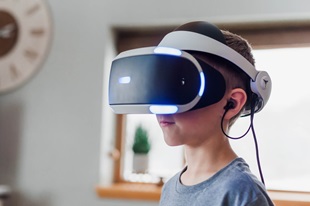
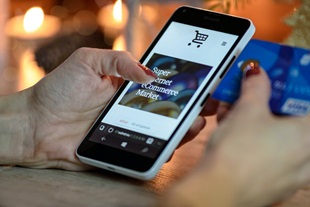
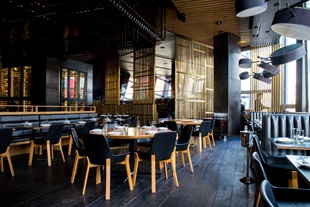

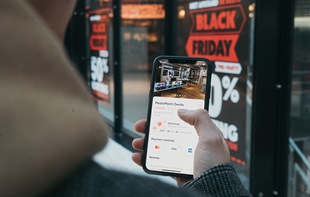

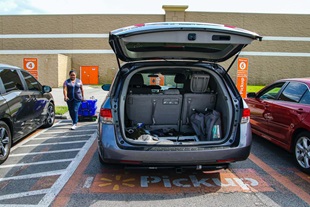


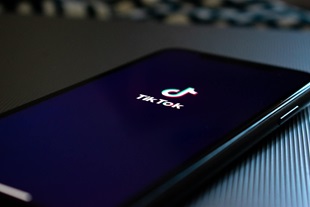













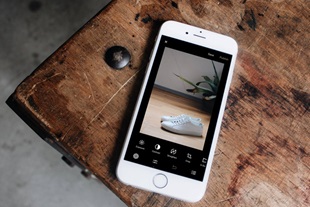





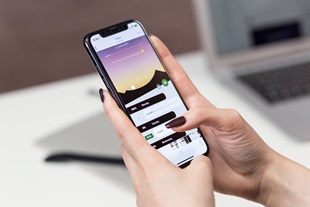

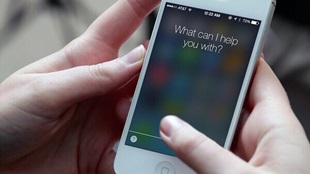


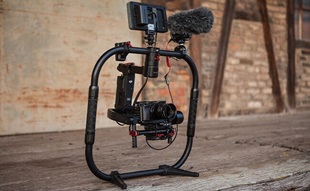
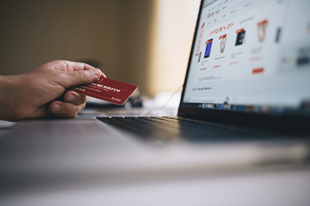


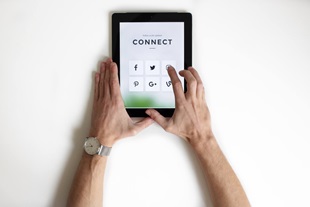



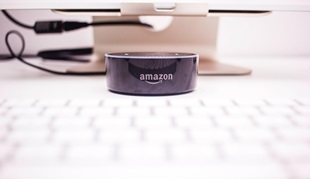





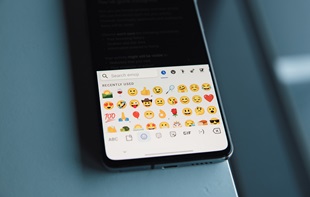
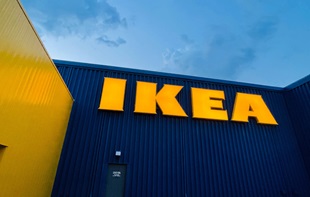

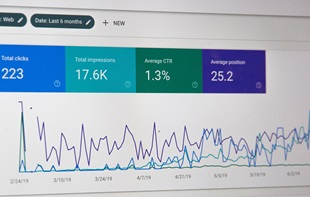

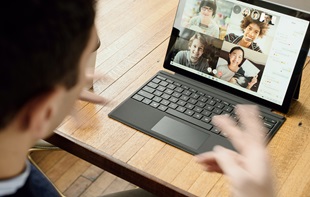


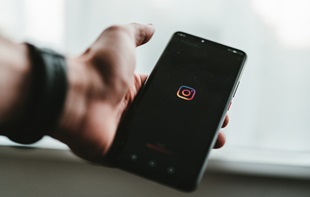

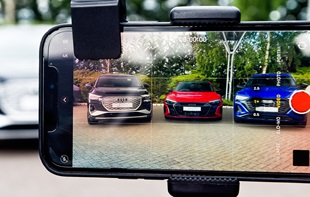


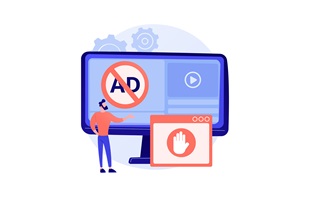



![The impact of online reviews on your business [Infographic]](/-/media/The-impact-of-online-reviews-on-your-business.jpg?mw=310)

![10 latest trends in digital marketing for beauty brands [Part.2]](/-/media/Appnova/Blog/ScreenShot20151026at1500471940x567/10-latest-trends-in-digital-marketing-for-beauty-brands-Part-2.jpg?mw=310)
![10 latest trends in beauty web design and digital marketing [Part.1]](/-/media/Appnova/BannerImages/18376519151_bbeaa6dafc_b-1/trends-in-beauty-web-design-and-digital-marketing/10-latest-trends-in-beauty-web-design-and-digital-marketing-Part1.jpg?mw=310)
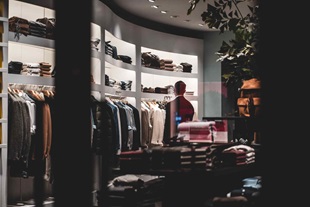






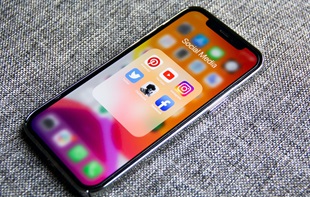


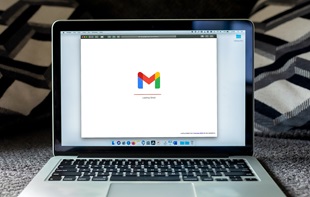
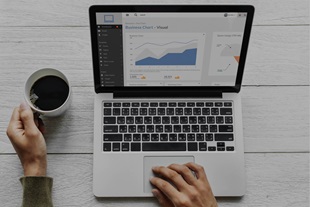



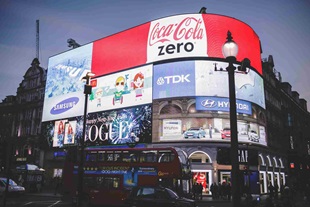


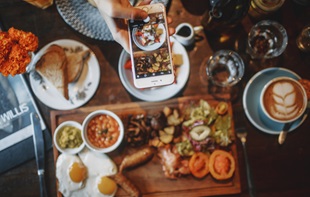
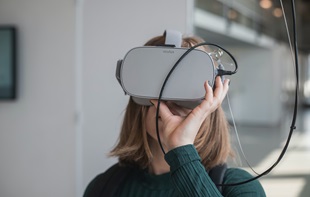






![15 crazy things people search on Google [Infographic]](/-/media/crazy-things-people-search-on-Google.png?mw=310)



![How to LOSE Twitter followers in 15 ways [Infographic]](/-/media/Appnova/Blog/08-internal-768x534.jpg?mw=310)

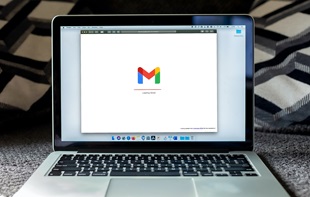

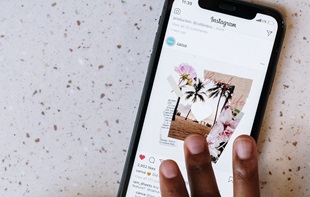









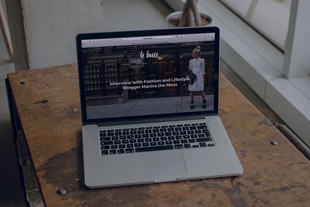
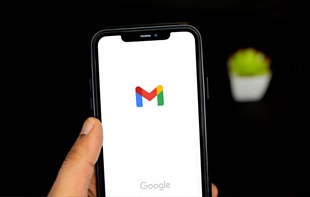

0.Comments